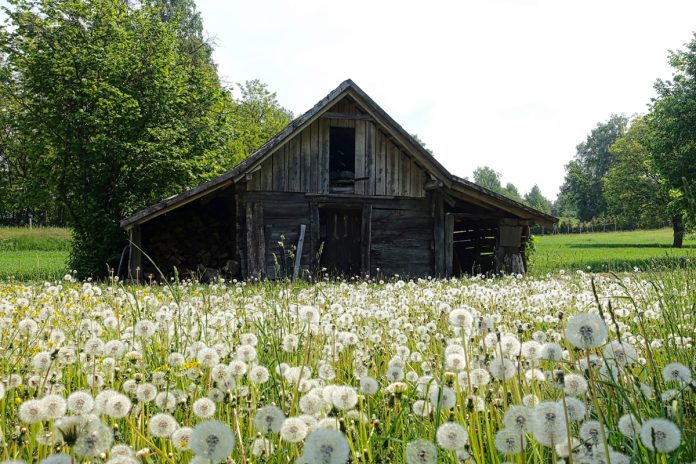The homesteader barn was an essential structure for early American settlers who needed a place to store and protect their crops, animals and farm equipment. These barns were built from locally-sourced materials like timber and stone, and were constructed in a way that allowed them to withstand harsh weather conditions.
Origins of The Homesteader Barn
Homesteader barns typically originated in the Midwest region of the United States during the 1800s and were used by farmers who were granted land through the Homestead Act of 1862, which was signed into law by President Abraham Lincoln. The act allowed settlers to claim up to 160 acres of land and required them to build a structure on the land within six months. Many settlers chose to build homesteader barns as their first structure as it provided them with a place to house their livestock and store their crops.
Construction of The Homesteader Barn
To construct a homesteader barn, settlers would often gather logs from nearby forests and cut them to the desired length. These logs would then be notched and stacked horizontally to create the walls of the barn. Interlocking corners would be cut into the logs to ensure that the structure was stable. Once the walls were complete, a roof would be added using heavy timbers and wooden shingles. The roof was typically pitched to allow for water drainage and prevent damage from snow and ice buildup. Some homesteader barns also had loft space above the main floor to provide additional storage.
The type of timber used for the homesteader barn varied based on the region of the country in which it was constructed. In areas where trees were abundant, such as the northeast, builders often used hardwoods like oak, maple, and hickory. In regions where trees were scarce, like the Great Plains, builders relied on softwoods like pine and cedar.
Longevity of The Homesteader Barn
The lifespan of a homesteader barn varied depending on factors such as climate, maintenance, and type of timber used. In areas with harsh weather conditions, homesteader barns could last as little as 10-15 years. However, in areas with milder climates and proper maintenance, these structures could last well over a century.
The homesteader barn is a crucial part of American history and played a significant role in the lives of early settlers. These structures provided shelter and storage space for both farmers and their livestock. While the lifespan of a homesteader barn varied significantly, its impact on American history remains unmistakable.
Today, homesteader barns can still be found throughout rural America. While many have been updated or repurposed for modern use, others remain standing as a testament to the ingenuity and hard work of early homesteader.
The Author:
Pioneerthinking.com – Ingredients for a Simple Life.
Photo. Pixabay
